Jiaqiang Yuan
Automating the Training and Deployment of Models in MLOps by Integrating Systems with Machine Learning
May 16, 2024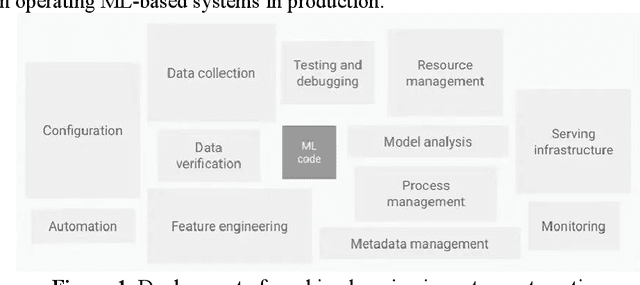
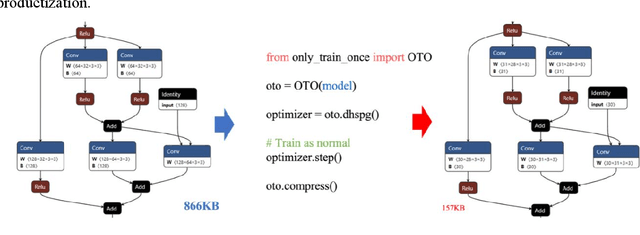
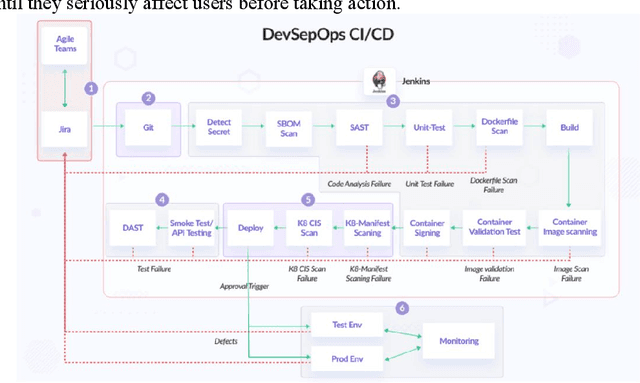
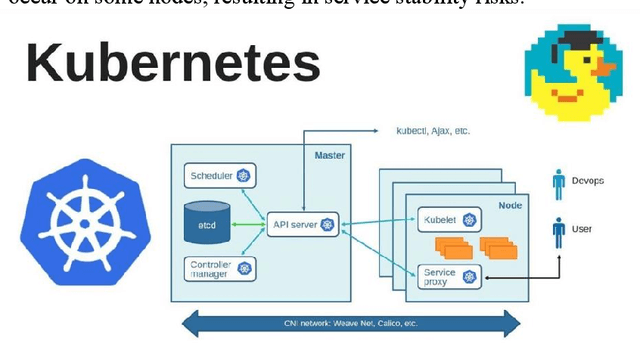
Abstract:This article introduces the importance of machine learning in real-world applications and explores the rise of MLOps (Machine Learning Operations) and its importance for solving challenges such as model deployment and performance monitoring. By reviewing the evolution of MLOps and its relationship to traditional software development methods, the paper proposes ways to integrate the system into machine learning to solve the problems faced by existing MLOps and improve productivity. This paper focuses on the importance of automated model training, and the method to ensure the transparency and repeatability of the training process through version control system. In addition, the challenges of integrating machine learning components into traditional CI/CD pipelines are discussed, and solutions such as versioning environments and containerization are proposed. Finally, the paper emphasizes the importance of continuous monitoring and feedback loops after model deployment to maintain model performance and reliability. Using case studies and best practices from Netflix, the article presents key strategies and lessons learned for successful implementation of MLOps practices, providing valuable references for other organizations to build and optimize their own MLOps practices.
The intelligent prediction and assessment of financial information risk in the cloud computing model
Apr 14, 2024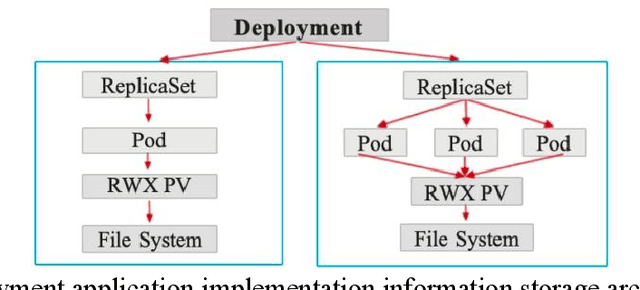
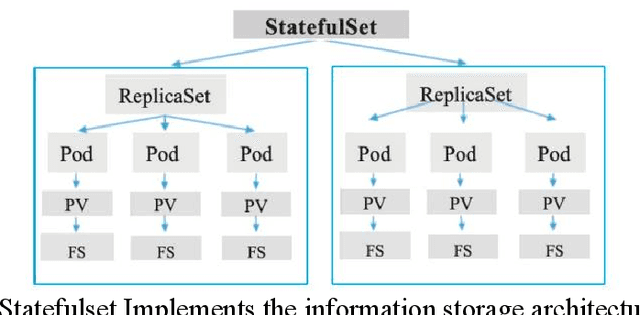

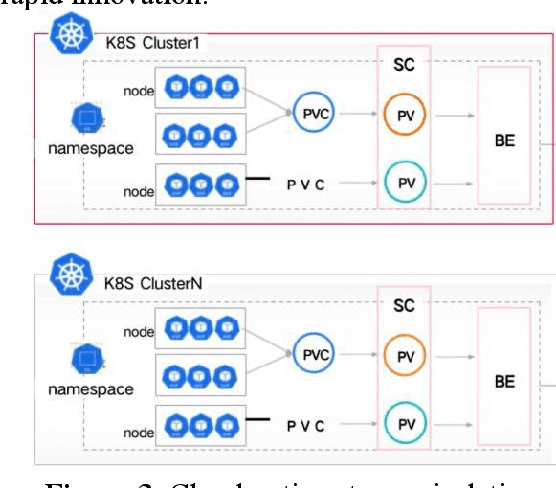
Abstract:Cloud computing (cloud computing) is a kind of distributed computing, referring to the network "cloud" will be a huge data calculation and processing program into countless small programs, and then, through the system composed of multiple servers to process and analyze these small programs to get the results and return to the user. This report explores the intersection of cloud computing and financial information processing, identifying risks and challenges faced by financial institutions in adopting cloud technology. It discusses the need for intelligent solutions to enhance data processing efficiency and accuracy while addressing security and privacy concerns. Drawing on regulatory frameworks, the report proposes policy recommendations to mitigate concentration risks associated with cloud computing in the financial industry. By combining intelligent forecasting and evaluation technologies with cloud computing models, the study aims to provide effective solutions for financial data processing and management, facilitating the industry's transition towards digital transformation.
 Add to Chrome
Add to Chrome Add to Firefox
Add to Firefox Add to Edge
Add to Edge